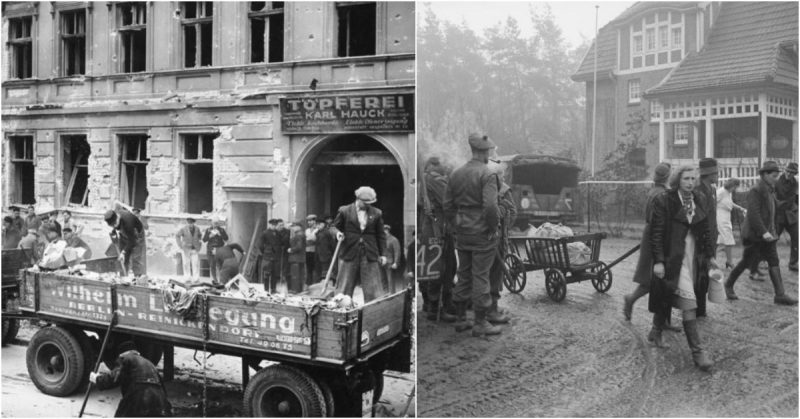Historians, psychologists, and laymen alike have all pondered the question of just how the people of Berlin, ostensibly a well-meaning, well-educated crowd could fall under the spell of someone like Adolf Hitler.
First-hand accounts from Americans living in that city during that time may provide the answer. A journalist from the United States residing in Berlin recalled the crowds of young nurses screaming their approval for the Führer and his plan to reduce the cities of Britain to ash.
A new book published on the topic recounts the story of a seven-year-old boy, substantively indoctrinated by his parents and the party. He would throw Hitler salutes while going door-to-door collecting money for the Nazi party.
The Americans were given a surprising amount of freedom in the stories they wrote when it came to daily life under the Nazi regime. Hitler’s reasoning was that the United States might be convinced to help put pressure on Britain to surrender.
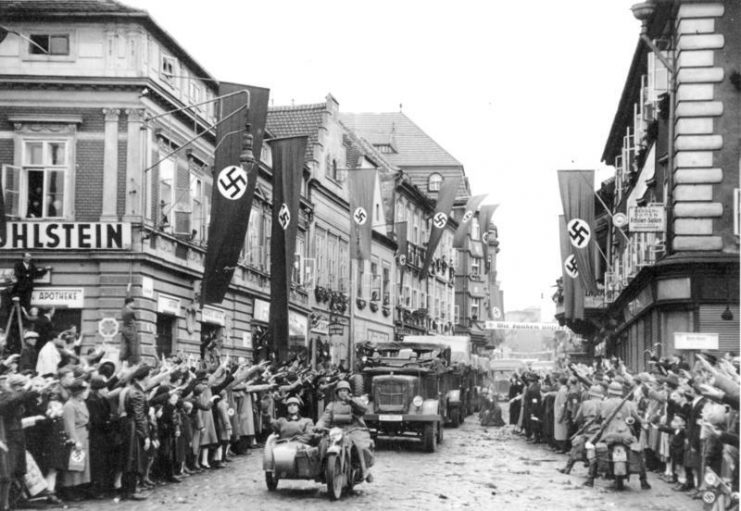
After the formal declaration of war, British citizens remaining in Germany faced internment or deportation. In contrast, American citizens, because of their country’s neutrality, could continue to live and work without restrictions. That included bearing witness to the horrors of the regime.
Robert Lyman is a British historian. He spent a significant amount of time searching through the diaries and other correspondence of more than 50 Americans who were living in Germany between September 1939 and December 1941. He gained significant insight into life under the Nazis.
These insights were published in The Rise of the Third Reich: The Takeover of the Continent in the Words of Observers and portrayed for the first time the tremendously influential power of Nazi propaganda.
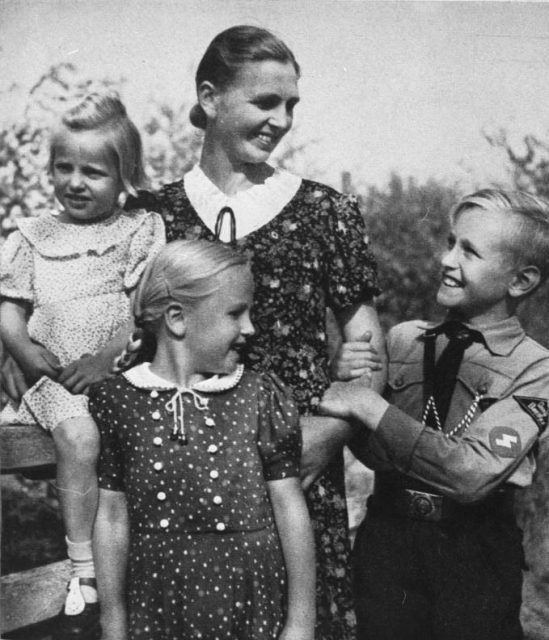
The book includes an exchange between American journalist Bill Shirer and his German maid who wanted to know why the British were bombing her city. The maid, thoroughly indoctrinated by the Nazi propaganda machine, believed that the Luftwaffe only destroyed military targets and left civilian targets alone.
She had lived under the notion that the skies of Berlin were safe and wanted to know why the British had launched an attack on her city.
The answer was both simple and telling: because they bomb London and take aim at civilian targets, regardless of what the papers say.
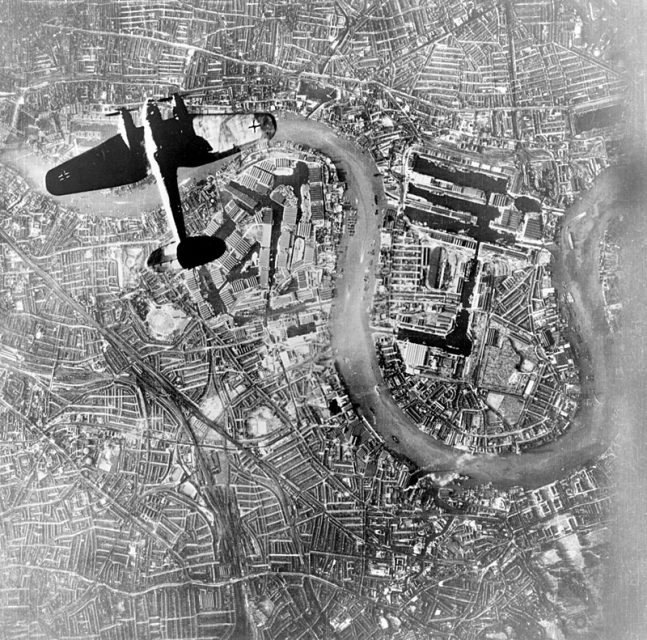
This woman had a worker’s background. Her husband served as a worker and was likely an ex-communist or Socialist. Yet she was completely taken in by the official propaganda.
For most Germans, any blame for the war lay squarely on the shoulders of Winston Churchill.
Howard Smith was another American journalist reporting from Nazi Germany. A boy came to his door demanding money for the Nazi Winter Relief Collection.
“Children were easily the most fanatical of Hitler’s supporters, and the German leader made much of them. They loved the tinsel and baubles of Nazidom, the marching, drums and trumpets. They ached to get into the fight. It was always children, boys and girls, who made the rounds for the Nazi Winter Relief collections,” Smith said.
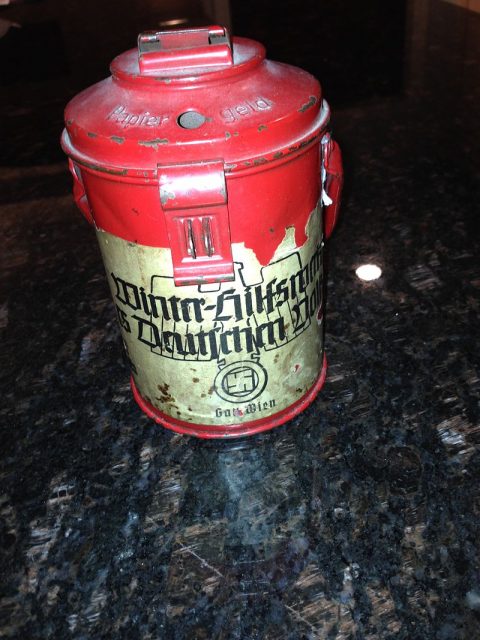
He watched as the seven-year-old boy knocked on his door and snapped to rigid attention, shooting his arm out in the Nazi salute and shouted “Heil Hitler.” The boy spoke in terse sentences characteristic of military command. He asked for twenty pfennigs in support of the Führer and the Fatherland.
Read another story from us: Hitler’s Military Incompetence, Did it Cost the Third Reich the War
Lyman, a former Army Major, said the American accounts of behaviors and events reported back to America and Britain were vitally important. They cleared up questions and concerns about what daily life was like during that tumultuous time.
If it hadn’t been for the information from over 50 memoirs and diaries, the world at large might never have seen or understood the horrors of the Nazi regime. We would have been ignorant of the level of fanaticism that was the result of Goebbels’ propaganda machine.
